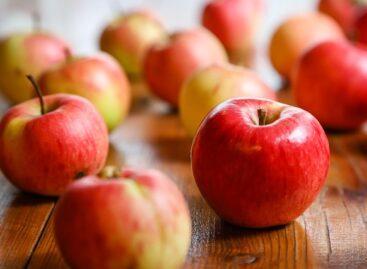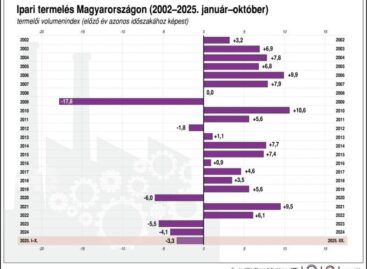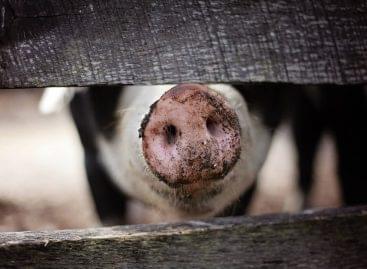Inflation’s impact on the food shopping of households
Analysing per capita spending data from the Central Statistical Office (KSH), published in 2021, what we see is that in 2020 Hungarian households spent the most on buying food (26.1%) and non-alcoholic drinks (24.4%).

Guest writer:
Dr. Róbert Sándor Szűcs
associate professor
University of Debrecen
Institute of Marketing and Trade

Guest writer:
Krisztina Kovács
university student
University of Debrecen
Food and drink prices started rising in July 2021, but back then the inflation rate was only 4.6%; by September 2022 this increased to 20.1%. Growing food prices affect households with the lowest income the most. KSH reported that 12.7% of the population (727,000) belonged to the relatively poor category, 8.3% (390,000) were very poor and 3.7% (113,000) were characterised by low work intensity in 2020.
Methodology and complex reactions
We prepared an online questionnaire with 18 statements, and 1,130 people (all of them actively participate in food shopping in their households) filled it out, in September-October 2022. Respondents could express their level of agreement from 1 to 5 on a Likert scale – 5 indicated that they strongly agree with a given statement, and 1 meant the lowest level of agreement.
It can be seen clearly from the table that low-income households suffer from the growing food prices much more than high-income families. As a reaction to the inflation, households with a flexible income cut down on buying luxury foods, shoppers pay closer attention to price tags and discounts, they search for cheaper substitute products, plan buying quantity with greater care, and started visiting stores where prices are lower. Households with the lowest income have begun to purchase less meat and fruit, and they also try to economise when buying certain products for children.
Stockpiling isn’t common
Food products becoming more expensive don’t drive shoppers to the local marketplaces, so the conquest of multinational and discounter chains is likely to continue. People aren’t really stockpiling food at the moment, as there is no point in buying a lot from certain products if the inflation lasts for a long time. We were surprised to learn from the answers that consumers don’t concentrate more on using the loyalty cars or applications of retailers, and there has been no major increase in private label sales either. //
This article is available for reading in Trade magazin 2022.12-01.
Related news
Apples have become significantly more expensive in Hungary
🎧 Hallgasd a cikket: Lejátszás Szünet Folytatás Leállítás Nyelv: Auto…
Read more >KSH: industrial production decreased by 2.7 percent in October compared to the same period of the previous year, and increased by 0.5 percent compared to the previous month
🎧 Hallgasd a cikket: Lejátszás Szünet Folytatás Leállítás Nyelv: Auto…
Read more >The price of slaughter pigs has decreased in Hungary and in the EU
🎧 Hallgasd a cikket: Lejátszás Szünet Folytatás Leállítás Nyelv: Auto…
Read more >Related news
Christmas shock in commerce: for the first time, we can pay with bank cards in fewer places
🎧 Hallgasd a cikket: Lejátszás Szünet Folytatás Leállítás Nyelv: Auto…
Read more >Hungarian Confectionery Manufacturers Association: trends in 2025 and prospects for 2026
🎧 Hallgasd a cikket: Lejátszás Szünet Folytatás Leállítás Nyelv: Auto…
Read more >Most grocery chains will be open until noon on December 24th
🎧 Hallgasd a cikket: Lejátszás Szünet Folytatás Leállítás Nyelv: Auto…
Read more >






